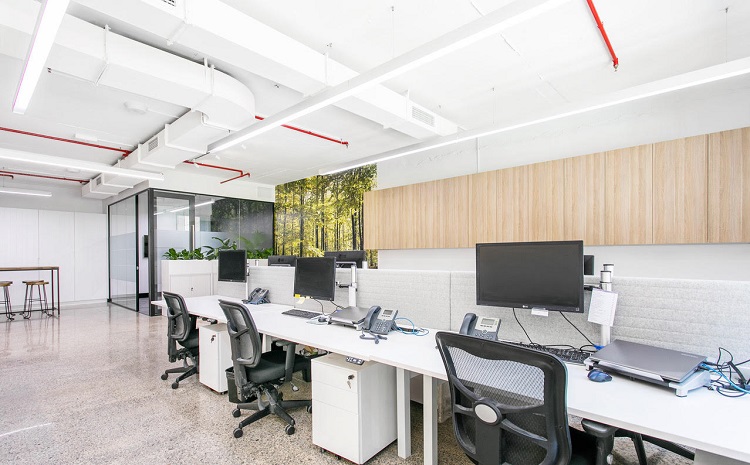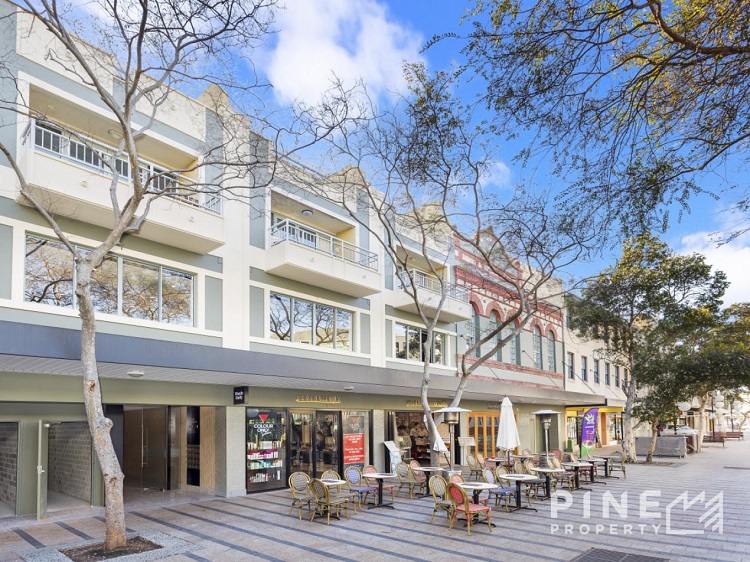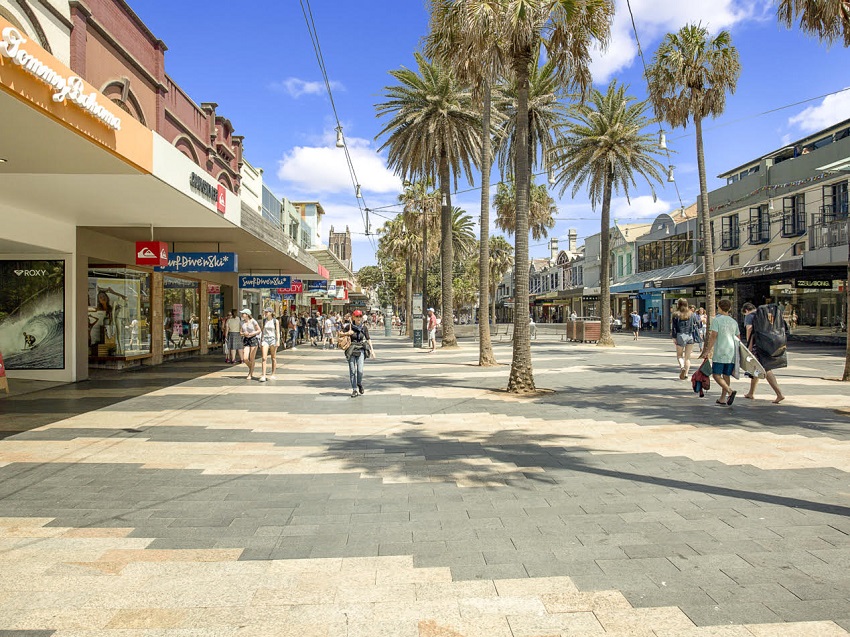A detailed analysis of the important considerations, conditions and pitfalls to consider when investing in commercial property, from Pine Property’s Director, Patrick Kelleher.
Commercial property investment (Retail, Commercial & Industrial) has a long history of providing strong returns and should be a key consideration in any investment portfolio.
Compared to residential property investment, commercial property provides better cash flow, greater rental certainty and has fewer ongoing expenses, when structured correctly.
Indeed it is not uncommon for a successful commercial property investment to achieve yields of 7 – 8 or even 10 per cent – depending on the area and property type.
However achieving these returns requires choosing the right property, which requires understanding the various market conditions along with commercial property’s unique investment factors.
Click the link to learn more about each specific topic:
Understanding these factors will enable the selection of a commercial property that will provide strong and stable capital growth along with good rental returns.
These considerations are important and apply equally to large and small commercial properties and will help to identify suitable locations and opportunities for investment.

Commercial property market drivers:
Demand and the economy:
As with any investment, the fundamental driver of commercial property growth is demand. In property, this is underpinned by micro and macroeconomic factors along with population demographics and growth.
Indeed, finding strong and growing local, national and international economies should be a key factor in your commercial property investment decision.
This is because economic growth leads to an increase in population and retail spending, bringing infrastructure, industry, jobs and a demand for commercial property.
Interest rates:
The Reserve Bank of Australia (RBA) uses interest rates to manage inflation. When interest rates are raised, growth slows because money costs more. This results in a contraction of consumer spending and usually, a reduced demand for both commercial and residential property, although local market factors do come into play.
Infrastructure:
A region’s infrastructure pipeline is a key indicator for future commercial and residential property demand.
For example the hospital at Frenchs Forest has significantly increased the demand for medical office space along with logistics warehousing.
The best and safest time to invest is generally after infrastructure spending has been approved and funds allocated but before construction commences.
Demographics
Given demand is a key driver of commercial property, the type of demand will significantly influence what property types will be successful.
For example, the lifestyle attributes of Manly and Sydney’s greater northern beaches, combined with the increase in remote or contract/consultant work, has led to an increase in the demand for offices in the region.
Population growth
Population growth leads to an increase in infrastructure – and vice versa in the case of the hospital in Frenchs Forest. More people mean more shops, cafes, restaurants, gyms and health services. It also means more offices and more industrial warehouses required to service the growing number of businesses.

Risks, research and due diligence:
Besides knowing and analysing the previously discussed property market drivers, investors must also ensure they have sound local market knowledge. This will help build relevant expectations and an understanding of any challenges they may face. This knowledge can only come through research, understanding and due diligence of the following:
Know the rental market:
Knowing what a property is worth to prospective tenants is critical when analysing it as an investment. Expecting more than market rate could see your property stay vacant for months or potentially even years – costing you dearly.
Furthermore, being somewhat flexible around your rental expectations will serve you well. It’s usually better to secure a quality tenant today for 10 per cent less than one you might secure in the future. “A bird in the hand…”
Untenanted periods:
Even with realistic rental expectations, there is a chance that your commercial property will go untenanted for weeks, months or even years if it has very specific attributes or limitations. Consider also that larger commercial properties will be harder to lease.
Regardless, ensure you have a buffer to cover expenses until you can find a suitable tenant. And make sure you invest in a decent marketing campaign and a local specialist commercial property agent to attract that tenant.
Regulations:
Ensure you fully understand any council regulations around access, noise, fire, permitted use and/or otherwise.
And research whether there are any potential legislative or regulatory changes in the pipeline as this could potentially cost you hundreds of thousands of dollars.
Renovations and upgrades:
Depending on the scope, renovating a commercial property can be more expensive than renovating a residential one, however the ongoing maintenance and upkeep is generally less, subject to the size and offering of the asset.
Often if the property is older and the fitout is tired and in need of an extensive upgrade and/or refit it may be a costly exercise which landlords need to consider.
However if negotiated correctly, any improvements made up front by the landlord (non-structural and generally cosmetic in nature) can be required to be completed again by the tenant, provided a sufficient make-good obligation is negotiated.
Supply and demand:
If there are numerous similar properties on the market in the same area, or major construction projects meaning commercial property supply is about to increase, you will have more competition.
This can jeopardise the security of your existing tenant who is being lured by newer properties or cheaper rents and it can make it harder to find a tenant who will pay what you seek.
Buying off the plan:
Off-the-plan commercial suites or warehouses can present higher risks because you cannot see the finished product.
There will also be a flood of new stock on the market as soon as the complex is complete, meaning the supply and demand is affected from a rental perspective.
Some developers offer a rental guarantee for the first-12 months of ownership which can minimise some of that risk, however tread carefully and weigh in all the other factors outlined in this guide before making a purchase.
Economic factors:
As discussed earlier in this guide, strong economic indices are a key driver of commercial property demand and growth. It makes sense that an economic downturn will affect business confidence which, along with an interest rate rise or high unemployment, could impact your investment.
However also ensure you factor macro and microeconomics into your analysis. For example many Manly-based businesses are strongly supported by international tourism, and so may be less affected by local and national influences.

Finance and investment structure:
Obtaining finance for commercial property is usually relatively straightforward however banks generally require a larger deposit than residential property – usually 30 per cent of the total asking price.
They will also factor the potential rent and yield of the property into their decision. Dealing with a specialist commercial property finance broker will likely help your cause.
Investment structure:
Commercial property can be purchased through numerous entities, from individuals to companies, trusts and syndicates.
Business owners often purchase a property through their SMSF from which to run their business while also offering tax benefits.
Leasing arrangements:
The details in a lease can be the difference between a high yielding commercial investment and one that is an anchor on your portfolio. Getting it right is critical and dealing with a specialist commercial property agent who has intricate commercial knowledge – rather than a residential agent dabbling in commercial – is highly recommended. Broadly you should consider:
- What incentives such as rent-free periods are factored into the lease?
- How long is the lease? Common terms are three-to-five years, and up to 10-years with the option to review.
- How are rental increases factored into the lease? Are they based on the consumer price index (CPI) or a fixed percentage?
- Who pays outgoings such as body corporate fees, strata rates, water rates, land tax etc.
- Are management fees incorporated into the outgoings? Ensure a sound understanding of outgoings is undertaken for both lessee and lessor.
- Is there a “make good clause”? Meaning, is the tenant required to restore the property to its original condition when they vacate?
- Has – or will – the council approve the business to operate. Some businesses, such as child care facilities or medical centres require special approval.
- Be aware that certain leases must be registered with the Department of Lands in NSW.
- Is there a demolition or relocation clause in the lease?
The above represents a handful of terms that need to be understood however it is recommended that a legal advisor sights and reviews all associated lease documentation and the sale contract prior to making any commitments.
Choosing a property agency:
When choosing a property agency to lease or manage your investment, consider that commercial property is far more complex than residential property.
A business degree is generally a prerequisite to work for a major commercial firm and agents must understand land tax, council regulations, zoning, strata, height restrictions, health and safety (OHS) requirements and leasing incentives such as rent-free periods and fit-out contributions.
Other specialty knowledge requirements include the implications of GST and land tax in commercial transactions along with an understanding of disclosure statements, the Retail Tenancy Act and recent legislative changes.
Ensure you choose an agent who has clarity on everything outlined in this guide, as well as specific local market knowledge from a long history of working there.

The advantages of Investing in Commercial Property:
Better returns:
If you get all the above right, the return on investment (ROI) by way of rental yields on a good commercial property will be around 7 – 8 or event 10 percent – almost double that of residential yields which hover around 4 per cent.
Longer leases and less expenses:
Common commercial lease terms are three-to-five years, and up to 10-years with the option to renew, compared with residential leases which are usually only six or 12 months.
Furthermore, commercial tenants may have heavily invested in fit-outs for employee satisfaction and retention as well as to build a customer following at your property’s location.
This often means tenants will be less likely to leave and that once you have a tenant, your investment can provide cash flow security and minimise long term volatility.
Reduced management costs:
As opposed to residential property, commercial tenants usually cover council fees along with water, insurance, land tax, management costs and body corporate fees.
Tenant improvements:
Commercial property tenants often make physical improvements to their business premises which can increase your property’s value when the time comes time to re-lease or sell it.
Price stability:
In the global financial crisis (GFC), commercial property on Sydney’s Northern Beaches did not decline in value, as opposed to most residential property. This is consistent with commercial property’s history of being a stable investment that is resilient to economic storms.
Value growth:
With rental increases usually factored into lease agreements being either a consumer price index (CPI), a CPI + % increase or a fixed percentage – and because the value of a commercial property is determined by its rental potential – your investment property is also likely to appreciate in value over time.
Investing in commercial property is lucrative however as discussed above it is important to understand the demand drivers, the risks and also the key terms to be aware of.
About Pine Property:
Pine Property is a boutique retail, commercial and industrial real estate agency based in Manly on Sydney’s northern beaches.

Pine Property’s director, Patrick Kelleher has enjoyed a 15 year career in commercial property, with a focus on servicing the northern beaches. He and his team are perfectly positioned to assist and advise on all facets of retail, commercial and industrial sales and leasing.
For more information, please contact us on (02) 9977 6555 | info@pineproperty.com.au




